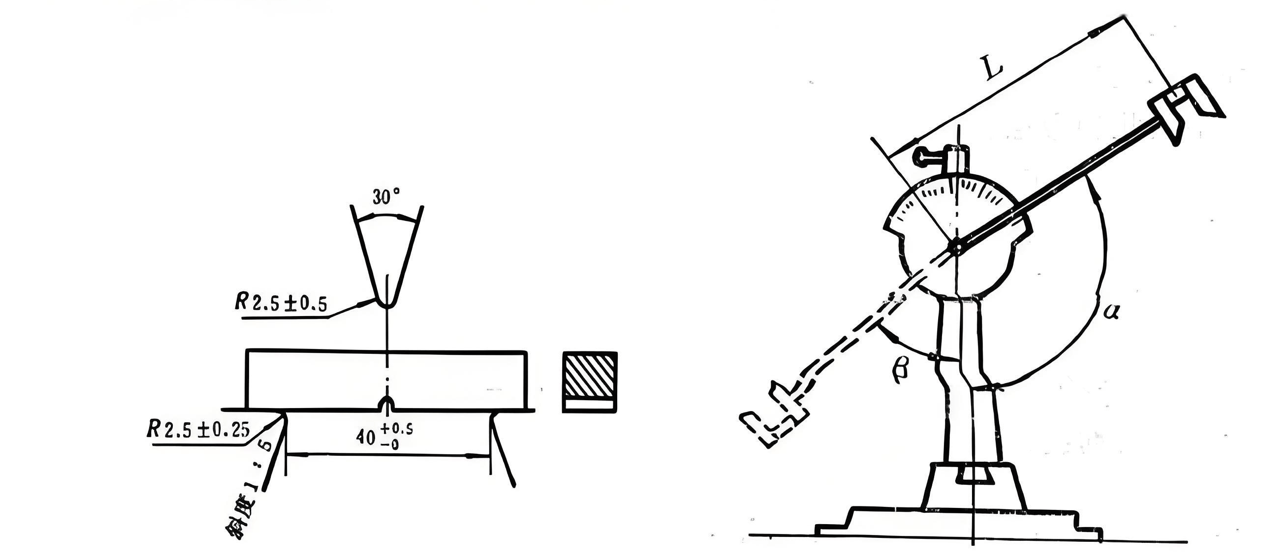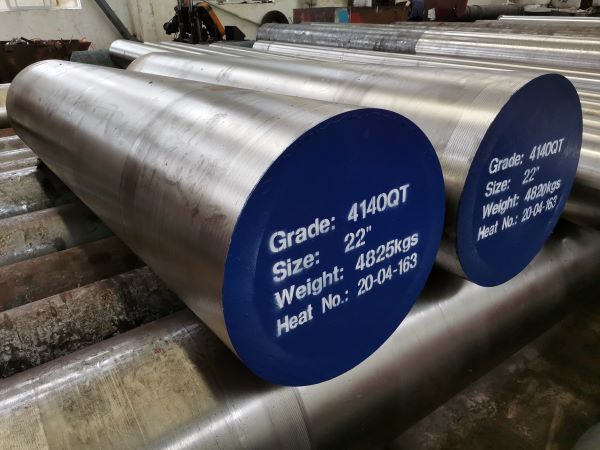How does 80KSI 4140 Steel Perform in Impact Tests at Different Low Temperatures?
The performance of 80 ksi 4140 steel under low-temperature impact conditions can be summarized as “tough but not brittle,” but a quantitative assessment requires consideration of the specific temperature range and microstructure.
1. 4140 Steel Ductile-Brittle Transition Temperature (DBTT)
80KSI-grade 4140 steel, which undergoes conventional quenching followed by high-temperature tempering (650–680°C), has a room-temperature microstructure consisting of tempered bainite and dispersed carbides.
The DBTT of 4140 steel is generally between -45°C and -60°C. In other words, when in service above -40°C, the material maintains ductile fracture characteristics; below -60°C, it enters the brittle transition zone.
2. Low-Temperature Impact Energy Data for 4140 Steel (Charpy V, Longitudinal)
- Room temperature: 55–75 J
- 0°C: ≈ 50 J
- -20°C: ≈ 40 J
- -40°C: ≥ 34 J (meets the minimum low-temperature toughness requirements of API 6A and NACE MR0175)
- -60°C: Drops sharply to 10–15 J, entering the brittle fracture zone
3. 4140 Steel Fracture Morphology Evolution
- At 0°C:dimples are predominant;
- At -40°C, a mixture of dimples and quasi-cleavage cracking appears;
- Below -60°C, quasi-cleavage cracking is almost exclusively observed, indicating that low-temperature cleavage cracking has been triggered.
4. 4140 Steel 80KSI Limitations and Recommendations
If the service temperature is ≥ -40°C, 80 ksi 4140 steel can be used directly.
If the service temperature is below -46°C (e.g., in polar regions and liquefaction plants), it is recommended to:
- Use secondary tempering to refine carbides, which can reduce the DBTT by approximately 10°C.
- Alternatively, select a Ni-Cr-Mo low-temperature steel (e.g., AISI 4330V, 9Ni steel).
Welded components require post-weld stress relief at 300–350°C to prevent elevated DBTT in the weld area.
Conclusion: 80 ksi grade 4140 steel has an impact toughness of ≥34 J above -40°C and is safe for service. Temperatures below -45°C require additional process measures or material replacement to avoid the risk of brittle fracture.





